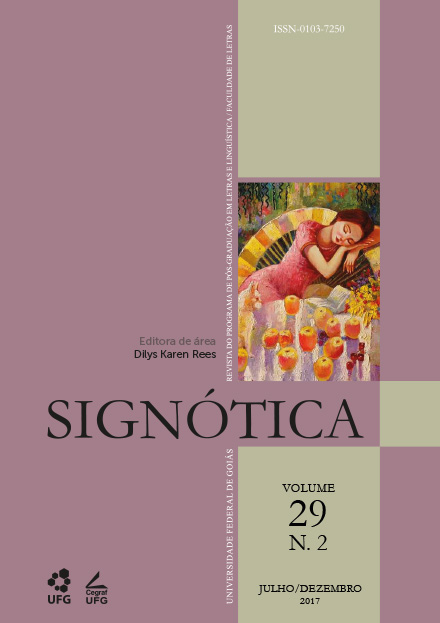An inner structure approach for personal pronouns in brazilian portuguese
DOI:
https://doi.org/10.5216/sig.v29i2.41134Keywords:
Pronominal system. Syncretism. Agreement. Underspecification.Abstract
This paper discusses how the wide use of pronominal forms in Brazilian Portuguese is allowed by their internal compositionality. From a minimalist approach of grammar (CHOMSKY, 1995, 1998, 1999), an enriched formal feature theory (BÉJAR, 2003; CARVALHO, 2008, 2010), developed on the basis of feature entailment and underspecification to compose those pronouns is adopted, which sheds light on the former problem of agreement between elements which differ from each other with relation to their set of features (person, number and gender). This approach leads to a clearer description of the syncretism of personal pronominal forms in Brazilian Portuguese strictly dependent on their inner structure, which considerably simplifies the description of agreement operations in such language.
Downloads
Published
How to Cite
Issue
Section
License
Copyright (c) 2017 Signótica

This work is licensed under a Creative Commons Attribution-ShareAlike 4.0 International License.
Author (s) authorize Signótica to publish an article, if accepted, signing its contribution as original and not submitted to another publisher for publication. In case of acceptance and publication, Signótica's articles are Creative Comons BY-NC-ND (Attribution + Non-Commercial + Non-Derivatives)





1.png)





